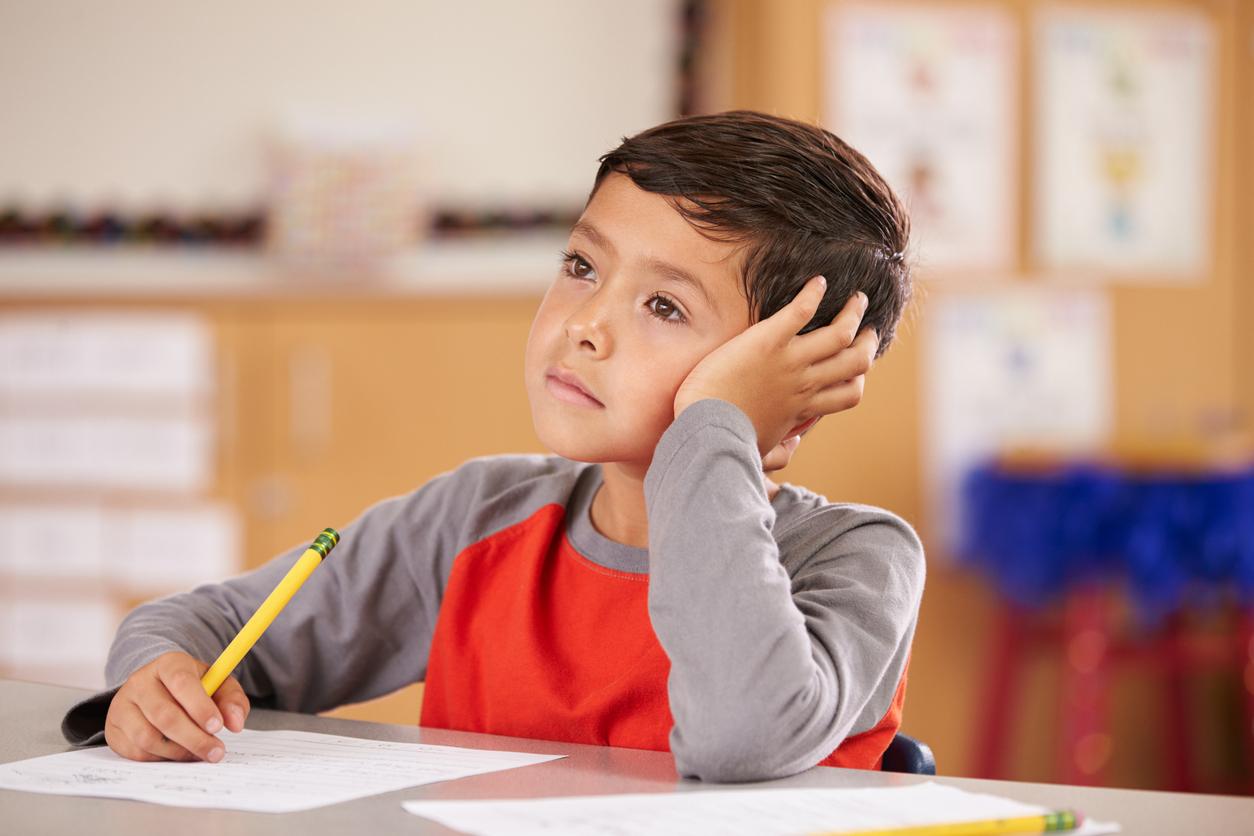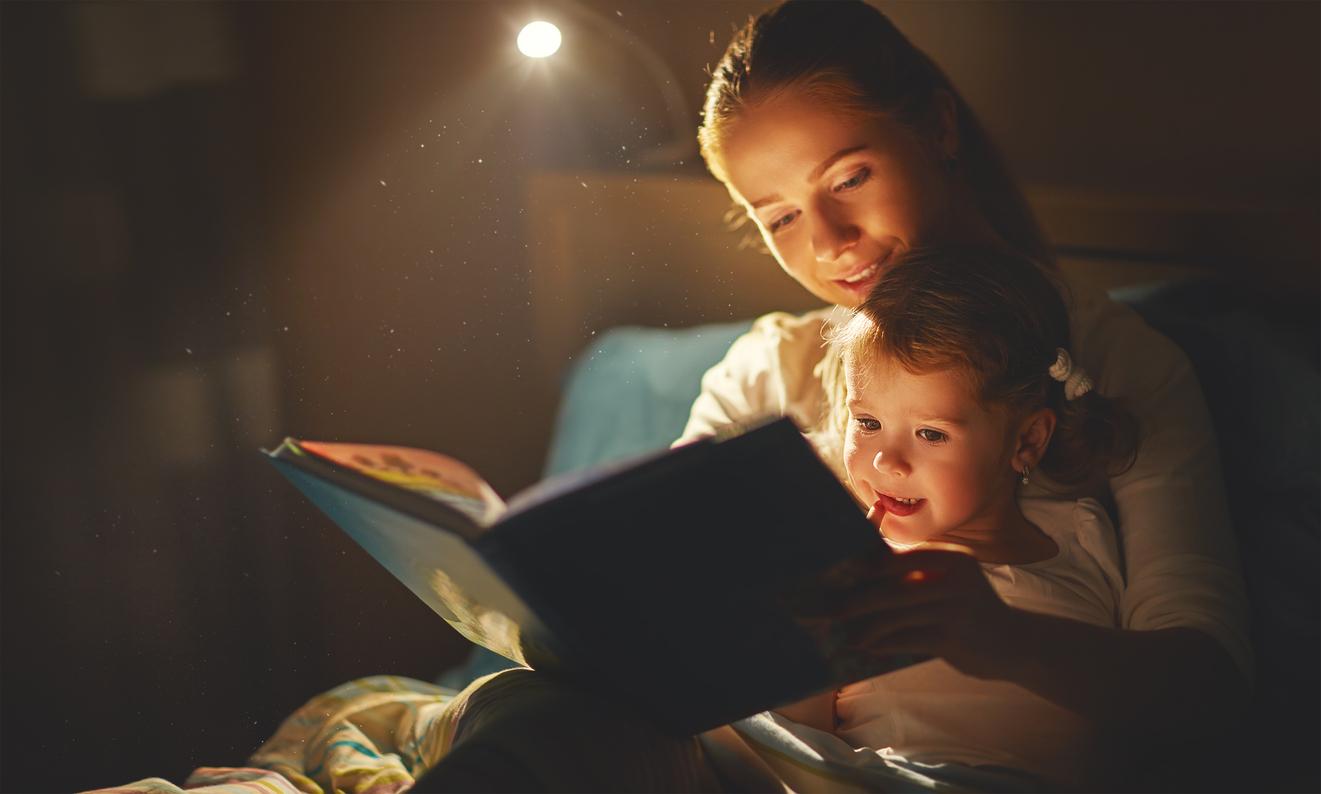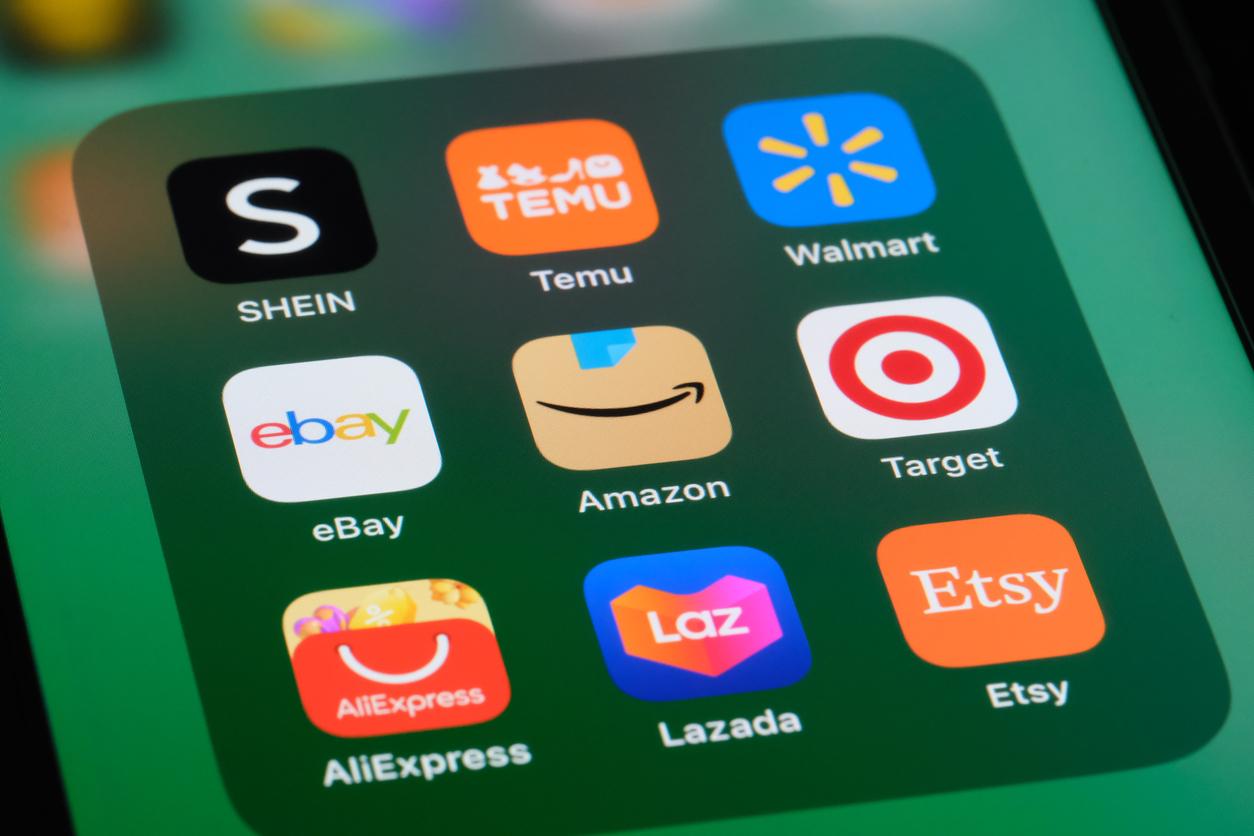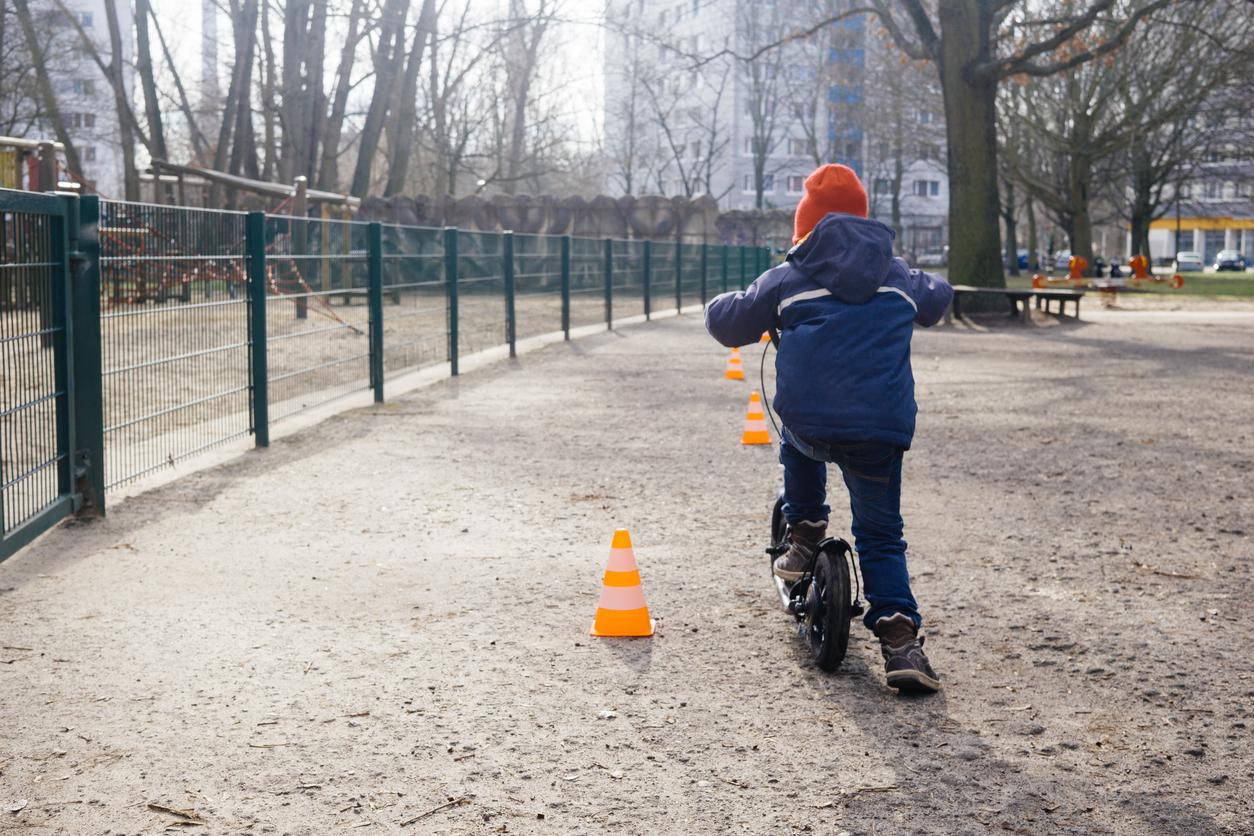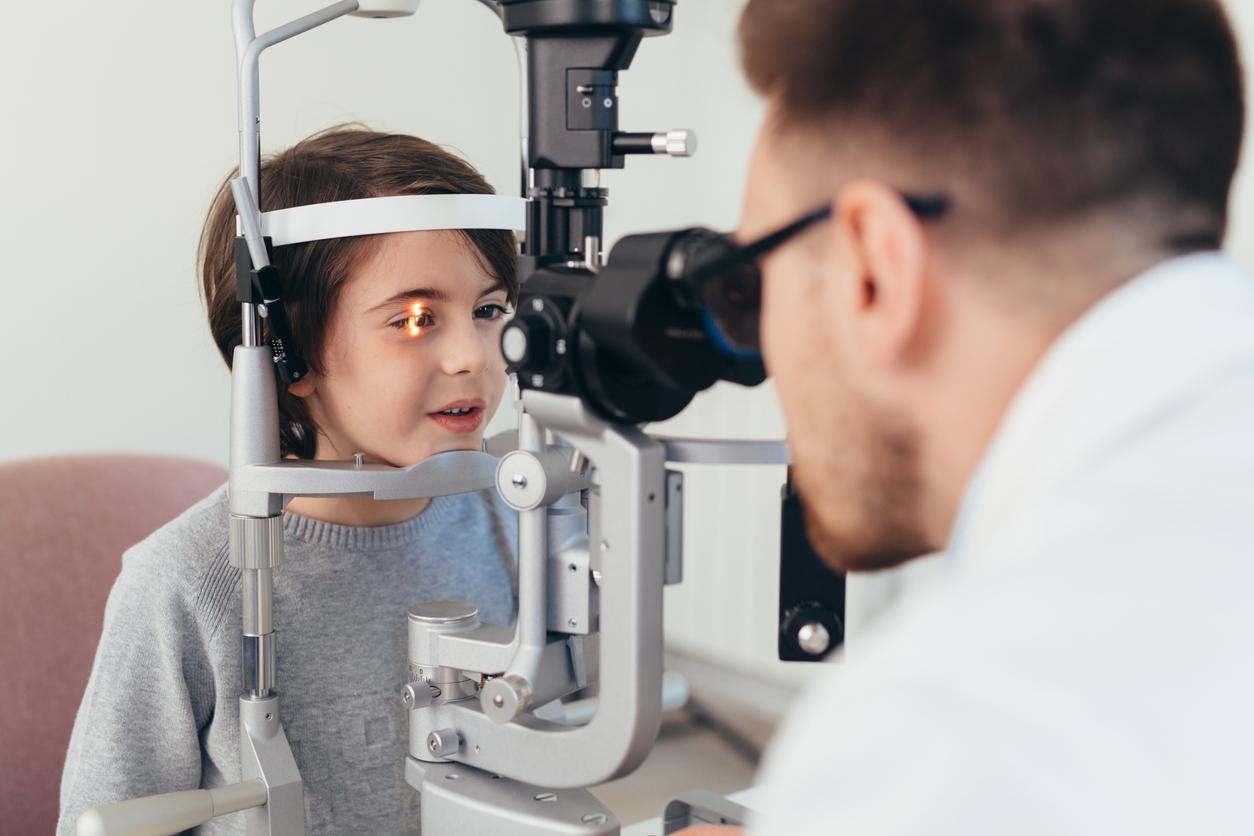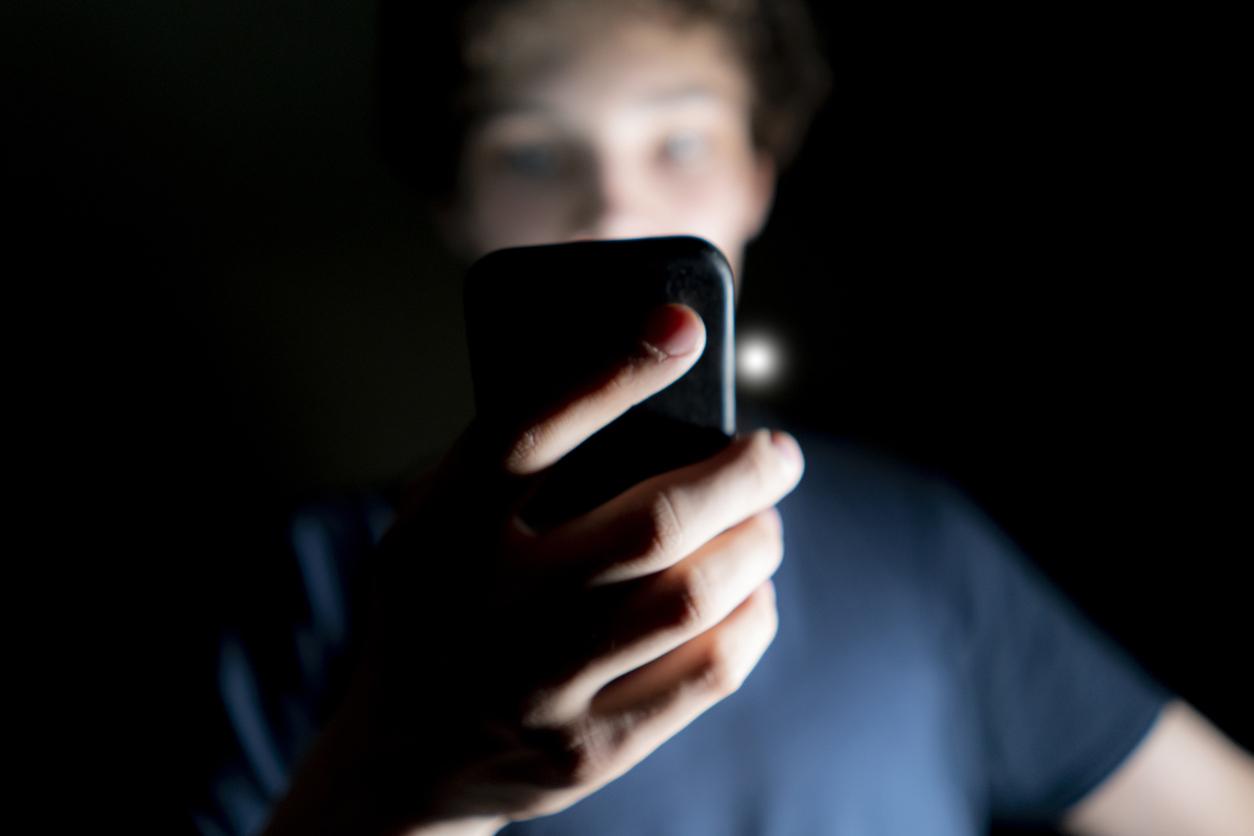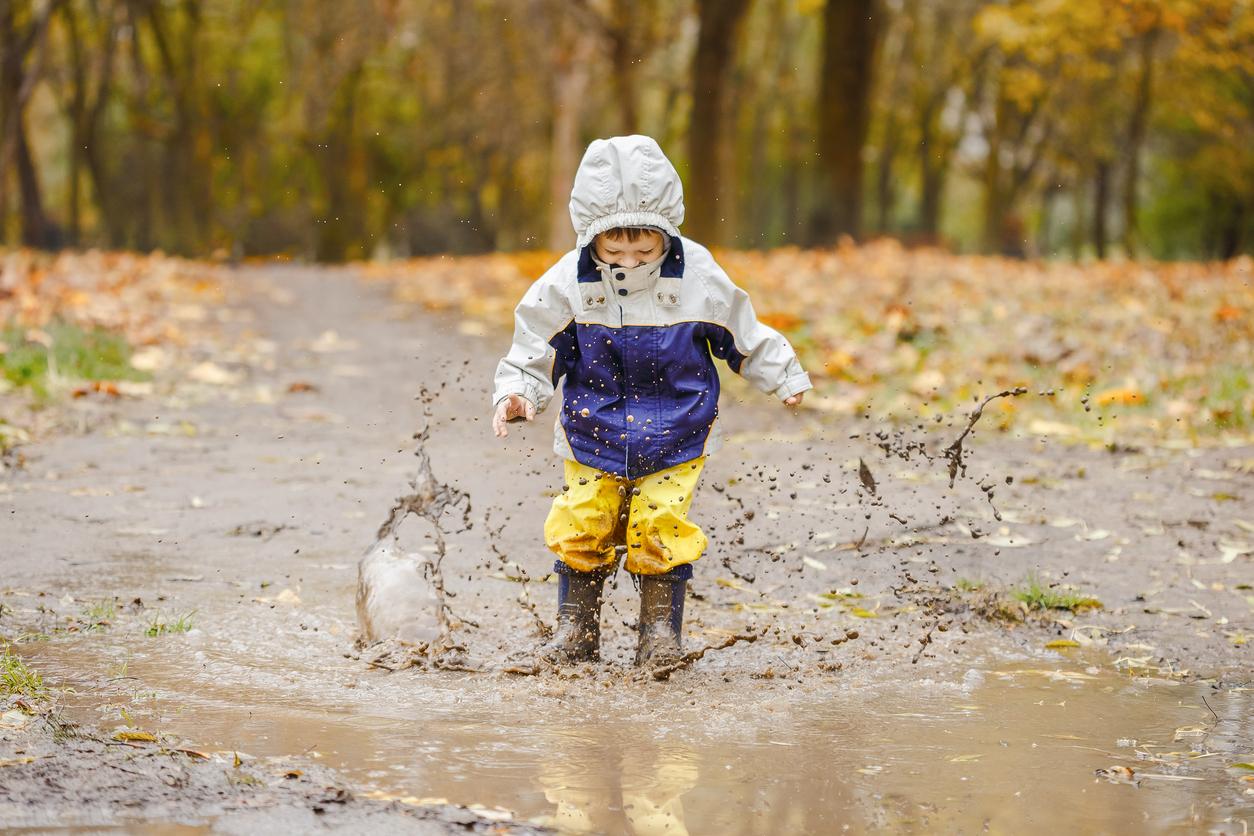There are more and more of these toddlers who, sitting at the back of the class, cannot read what is written on the board. A child is much more likely to be nearsighted if one or both parents are nearsighted, but genetics alone cannot explain the myopia epidemic that specialists are alarmed about.
“There are also environmental factors, says Dr. Hélène Bertrand-Cuingnet. First, the time spent in front of screens. By holding their smartphone or tablet a few centimeters from their eyes, young people make an effort to accommodate .” It’s like focusing a camera, which allows you to choose the plane where the image will be sharp. However, accommodating for a long time at close quarters tires the eyes.
2 hours per day of outdoor activities
“The other issue is the lack of exposure to natural light.”
This light stimulates the production of dopamine, a neurotransmitter that prevents excessive elongation of the eye during childhood and adolescence. Now, myopia is a disease of the eye too long. The right dose? 2 hours per day of outdoor activities. Children are also recommended not to abuse screens, and to take regular breaks of 5 to 10 minutes, during which they can look away.
We wear contact lenses at night
Orthokeratology : behind this name hide rigid lenses to wear at night. Made to measure, they apply pressure to reduce the curvature of the cornea. “On waking, the child sees clearly, and can do without glasses all day.” Orthokeratology concerns mild to moderate myopia, up to -6 diopters. The effect is temporary as the cornea gradually returns to its original shape. Every night, the operation must be repeated. But studies confirm that these lenses can slow the progression of myopia. “I prescribe them in first intention from 8 years old.”
We wear contact lenses during the day
Children from 8 years old can also wear lenses during the day. Daily, flexible, by slowing the elongation of the eye, they reduce the progression of myopia. “There are other myopia-stopping lenses, monthly or quarterly,” adds Dr. Bertrand-Cuingnet.
Most often, myopia appears in children between 6 and 8 years old, and evolves, until it stabilizes around 20-25 years old. Throughout this period, while the eye can easily enlarge (therefore becoming myopic), you must be extra vigilant. When myopia arrives, it is not too late. We can slow down its progression, so that it is less strong in adulthood.
Eye drops in the eyes
“Another very promising track, drops of atropine to put in the eyes. Very low dose, at 0.01%, this eye drops can curb myopia in young people, with a minimal risk of side effects.” Used in Asia, it is still little prescribed in France. For now…
Read also :
- Which lenses to choose to slow the progression of myopia?
- More risk of blindness when you are nearsighted
- After confinement, why should you have your eyesight checked?
- Myopia surgery: zoom on the 3 methods








